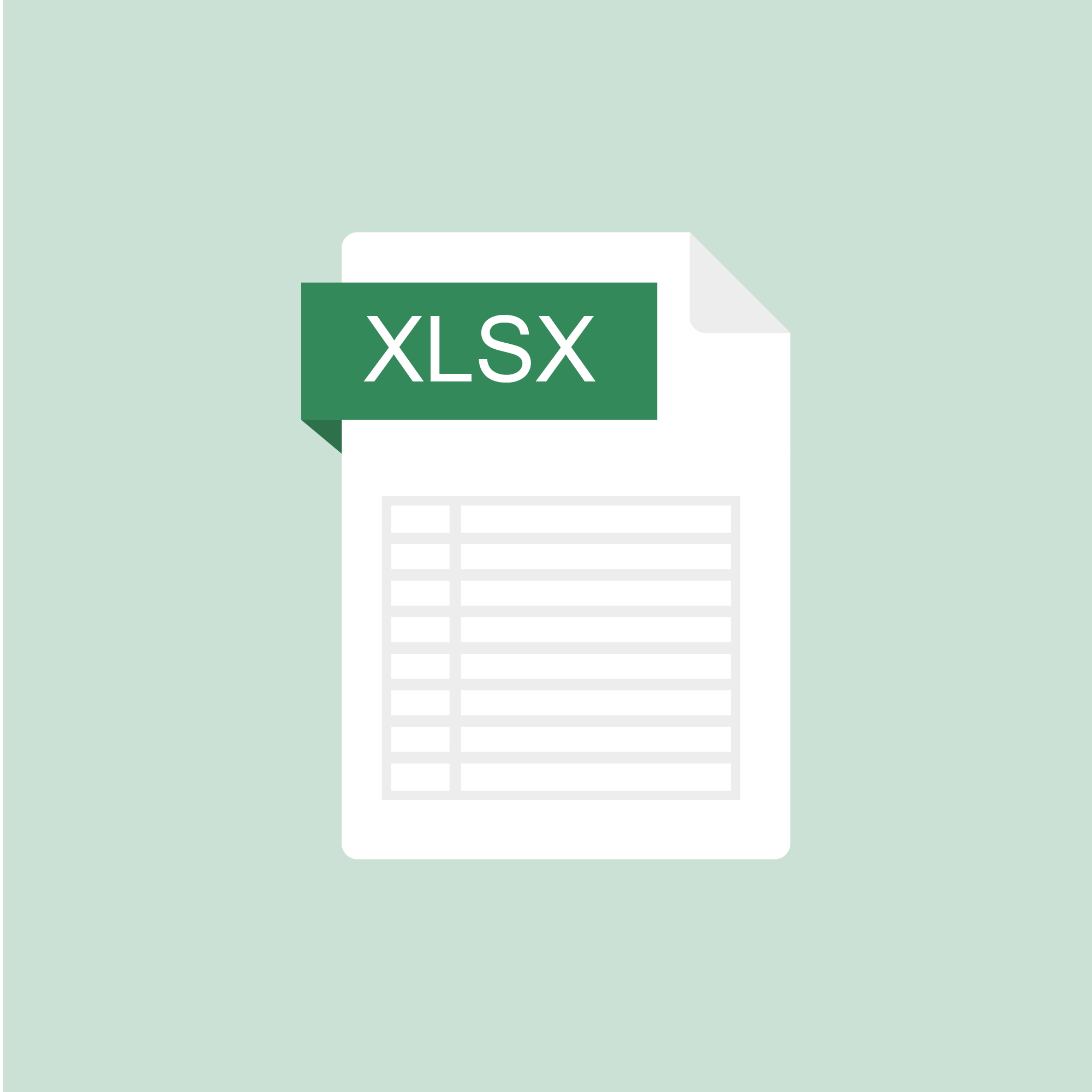Results for "adhd"
43 Results
Venture Capital
Corrective Feedback: Some students with ADHD require brief, simple
correction for disruptive behaviors. Correction should be directed at the student’s behavior, not the student (e.g., “No shout-outs. Please raise your hand before answering the question” vs. “stop being disruptive!”). Provide the feedback immediately following the behavior. Provide correction in a calm manner and in close proximity to the student (Piffner, 2011). Avoid humiliating the studentwhen correcting his behavior.
URL : https://aapbridge.com/home/home_feed
The Faculty of Agriculture was honored to host Dr Susan Wyche from Michigan State University (MSU) for a one-week visit to Egerton University that ran from 1 to 8 March 2022. Dr. Susan held a public lecture for staff and held a 3-day training workshop on “Considering Human-Centered Design (HCD) in Development Research” to students from diverse backgrounds including in Computer science, Agronomy and Engineering disciplines at CMRT building, Njoro Main Campus. The students developed and designed 6 project prototypes which include: Innovative and Efficient Water harvesting and treatment for communities, Utilization of solar energy in drying and preservation of indigenous vegetables, Development of a drone for scaring Quelea qualea birds in rice irrigation schemes in Kenya, Queen bee rearing technology for increasing colonization of hives in drylands, Innovative technology for waste management in peri-urban areas to improve human health among others. Deputy Vice Chancellor Academic Affairs Prof Bernard Aduda commented the students for excellent ideas which can be deployed to solve farmers and societal problems in Kenya and promised to support. He also thanked the organizers of the training, Prof Susan for supporting student projects with USD 1400 as seed money for the projects and MSU for strong collaboration with Egerton University in all areas including joint projects, staff exchange and postgraduate supervision and value chain and policy analysis with Tegemeo Institute of Egerton University.
By:
Edwin Castel
Tuesday, May 3, 2022
CULTURE AND SOCIETY
No Preview Available
Leave a comment
ADHD Students and Classroom Considerations
The culture of the classroom can either support or create barriers to student success (Piffner,2011).
Factors that foster attention, positive behavior, and academic and social success includeestablishing positive relationships with students, adopting classroom management techniques,and creating a physical arrangement that facilitates learning.
It is often a positive relationship with one teacher that facilitates school success for a studentwith ADHD (Piffner, 2011).
When teachers connect with students and appreciate their unique skills and interests, students are more likely to strive for achievement and positively respond to classroom rules and procedures.
When using a proactive approach to classroom management, teachers support all students andcreate conditions that prepare them for learning (Piffner, 2011).
Some strategies for positive management include clear directions, meaningful feedback, and opportunities for collaboration with peers. Here are some others.
Opportunities to RespondStudents with ADHD often have the most trouble attending during drill-and-practice assignments because of the repetitive nature of the tasks. Peer-mediated approaches such as those enumerated in the next screens are particularly effective for students with ADHD in such cases, because they increase students’ opportunities for engagement and active learning (Piffner, 2011).
In creating peer-mediated activities, the teacher may need to choose students whoseskill levels complement each other. Students with and without attention difficulties andimpulsivity should be considered for peer partnerships.
By:
Anne miller New vijayalaxmi santosh mhetre mali
Tuesday, Jan 11, 2022
YOUTH EMPOWERMENT

Leave a comment
Students with ADHD
Primer text from The College of William & MaryADHD is one of the most commonly diagnosed conditions of children (Centers for DiseaseControl and Prevention, 2015).
In a 2016 Centers for Disease Control and Prevention study, scientists found that 6.1 million children aged 2-17 years living in the U.S. had been diagnosed with attention-deficit/hyperactivity disorder (ADHD), which is similar to previous en
Ages 6-11: Approximately 2.4 million children
Ages 12-17: Approximately 3.3 million children
The diagnostic term attention deficit/hyperactivity disorder (ADHD) refers to individuals who display patterns of inattention, impulsivity, and overactive behavior that interfere with daily functioning (American Psychiatric Association [APA], 2013).
The Diagnostic and Statistical Manual (DSM) V (APA, 2013) criteria for diagnosing ADHD listthree types of ADHD and the accompanying characteristics.
By:
Anne miller New vijayalaxmi santosh mhetre mali
Wednesday, Dec 22, 2021
YOUTH EMPOWERMENT
+2

Leave a comment
Children and adolescents
Children and adolescents with attention-deficit/hyperactivity disorder (ADHD) experience significant deficits in academic and/or social functioning that typically begin early in life and extend into emerging adulthood and beyond (American Psychiatric Association, 2013; DuPaul & Langberg, 2015). Symptomatic behaviors of inattention and/or hyperactivity-impulsivity disrupt development of self-regulation skills; negatively impact academic performance and achievement; are associated with higher than average risk for special education eligibility, grade retention, and school-dropout; and lead to problematic relationships with peers and authority figures (e.g., parents, teachers) (Barkley, Murphy, & Fischer, 2008; Frazier, Youngstrom, Glutting, & Watkins, 2007; Hechtman, 2017; Mikami, 2010; Normand et al., 2013). Given the relatively high prevalence rate of 8 to 11% for ADHD (Danielson et al., 2018), this disorder is very costly in terms of health care and educational expenditures (Chorozoglou et al., 2015; Robb et al., 2011). Thus, it is critically important that effective interventions are implemented across home, school, and community settings to not only reduce ADHD symptoms but also attenuate potentially chronic functional impairments.
By:
rupali
Tuesday, May 3, 2022
CULTURE AND SOCIETY
No Preview Available
Leave a comment
ADHD Students and Classroom Considerations
https://education.wm.edu/centers/ttac/documents/packets/adhd.pdf
The culture of the classroom can either support or create barriers to student success (Piffner,2011).
Factors that foster attention, positive behavior, and academic and social success includeestablishing positive relationships with students, adopting classroom management techniques,and creating a physical arrangement that facilitates learning.
It is often a positive relationship with one teacher that facilitates school success for a studentwith ADHD (Piffner, 2011).
When teachers connect with students and appreciate their unique skills and interests, students are more likely to strive for achievement and positively respond to classroom rules and procedures.
When using a proactive approach to classroom management, teachers support all students andcreate conditions that prepare them for learning (Piffner, 2011).
Some strategies for positive management include clear directions, meaningful feedback, and opportunities for collaboration with peers. Here are some others.
Opportunities to RespondStudents with ADHD often have the most trouble attending during drill-and-practice assignments because of the repetitive nature of the tasks. Peer-mediated approaches such as those enumerated in the next screens are particularly effective for students with ADHD in such cases, because they increase students’ opportunities for engagement and active learning (Piffner, 2011).
In creating peer-mediated activities, the teacher may need to choose students whoseskill levels complement each other. Students with and without attention difficulties andimpulsivity should be considered for peer partnerships.
Peer TutoringPeer tutoring is one of the more effective strategies for students with ADHD, because it provides many of the same supports as one-to-one instruction. It facilitates the acquisition of both academic and social skills.
Peer tutoring is most effective when training is provided to participating students (Piffner, 2011). Tutors need to be taught how to be prepared with materials needed for the session and howto give positive and corrective feedback to their partner (Greenwood & Delquadri,1995).
Cooperative LearningCarefully structured cooperative learning groups in which each student is assigned a role and has clear expectations for desired outcomes are very helpful for students with ADHD. The more structured the cooperative activity, the more likely it is that these students will succeed.Sharing Strategies Think, Pair, Share/Square Share/Group Share: Using thisapproach, students work with peer partners to discuss the lesson, check each other’swork, and share strategies.
By:
Anne miller New vijayalaxmi santosh mhetre mali
Thursday, Jun 10, 2021
AGRI-FOOD SYSTEMS
+5
Leave a comment
Organizational Supports for ADHD Students
https://youtu.be/sv5hK4crIRc
Primer text from the College of William & Mary.https://education.wm.edu/centers/ttac/documents/packets/adhd.pdf
Many students with ADHD have significant difficulties with organization.
They are more likely to respond positively when teachers establish class routines and set procedures and maintain a well-organized learning environment.
Clear rules and advanced planning are keys to success for teachers of students with ADHD.
The following organizational supports are particularly useful. Students should be taught to use these tools through teacher modeling and guided practice with feedback before being expected to use them more independently.
Assignment Notebook: Provide the student with an assignment notebook to helporganize homework and seatwork.Color-Coded Folders: Provide the student with color-coded folders to helporganize assignments for different academic subjects.Homework Partners: Assign the student a partner who can help record
By:
Jane Joew
Thursday, Jun 10, 2021
WATER, ENERGY, AND THE ENVIRONMENT
Leave a comment
ADHD and School interventions
https://education.wm.edu/centers/ttac/documents/packets/adhd.pdf
School interventions should include a team approach across multiple settings, consisting of bothpreventive and intervention strategies.
Interventions must be based upon assessment data that includes information about the student’s strengths and needs as well as the environmental conditions in which her characteristics of ADHD occur.
Progress monitoring and strategy adjustments are critical to the success of any intervention plan (Wolraich & DuPaul, 2010).
The first step in creating classroom supports for students with ADHD is understanding thestudents’ strengths and needs. This involves formal and informal assessment, as well ascollaboration among educational professionals and the students’ families.
If a student is not responsive to behavioral strategies and interventions, more intensive interventions, such as functional behavior assessment and behavior intervention plans, should be considered (see Practical FBA).
No one intervention is universally effective for all students with ADHD. A combination of research-based and promising practices is recommended.
Here are several of these practices:
Giving DirectionsMany students with ADHD have trouble following directions. Here are some guidelines that might help address this problem.
Number of Directions: Give a minimal number of directions or steps at a time.If necessary, have students repeat the directions to the teacher or a peer partner.
Form of Directions: Provide written directions or steps, or a visual model of acompleted project. Teach students how to refer to these items as reminders ofprocess steps to complete tasks. This strategy is particularly helpful for long-termprojects.
Written AssignmentsMany students with ADHD have particular challenges with written work due to finemotorskills difficulties, motor planning issues, and difficulty alternating their attentionfrom a book to their written responses.
Students with ADHD may also need assistance breaking a larger task or project into smaller, more workable units.
The following strategies can be used to address these needs.
By:
Scott Henderson
Wednesday, Jun 9, 2021
CULTURE AND SOCIETY

Leave a comment
Organizational Supports for ADHD Student
https://youtu.be/HndV87XpkWg
Primer text from the College of William & Mary.https://education.wm.edu/centers/ttac/documents/packets/adhd.pdf
Many students with ADHD have significant difficulties with organization.
They are more likely to respond positively when teachers establish class routines and set procedures and maintain a well-organized learning environment.
Clear rules and advanced planning are keys to success for teachers of students with ADHD.
The following organizational supports are particularly useful. Students should be taught to use these tools through teacher modeling and guided practice with feedback before being expected to use them more independently.
Assignment Notebook: Provide the student with an assignment notebook to helporganize homework and seatwork.Color-Coded Folders: Provide the student with color-coded folders to helporganize assignments for different academic subjects.Homework Partners: Assign the student a partner who can help record
By:
Harry Nomes
Thursday, May 27, 2021
HEALTH AND NUTRITION
+1
Leave a comment
Clear rules and advanced planning are keys to success for teachers of students with ADHD.
Many students with ADHD have significant difficulties with organization.
They are more likely to respond positively when teachers establish class routines and set procedures and maintain a well-organized learning environment.
Clear rules and advanced planning are keys to success for teachers of students with ADHD.
The following organizational supports are particularly useful. Students should be taught to use these tools through teacher modeling and guided practice with feedback before being expected to use them more independently.
Assignment Notebook: Provide the student with an assignment notebook to helporganize homework and seatwork.Color-Coded Folders: Provide the student with color-coded folders to helporganize assignments for different academic subjects.Homework Partners: Assign the student a partner who can help record
By:
Anne miller New vijayalaxmi santosh mhetre mali
Thursday, May 13, 2021
CULTURE AND SOCIETY
+1

Leave a comment
ADHD and School interventions
School interventions should include a team approach across multiple settings, consisting of bothpreventive and intervention strategies.
Interventions must be based upon assessment data that includes information about the student’s strengths and needs as well as the environmental conditions in which her characteristics of ADHD occur.
Progress monitoring and strategy adjustments are critical to the success of any intervention plan (Wolraich & DuPaul, 2010).
The first step in creating classroom supports for students with ADHD is understanding thestudents’ strengths and needs. This involves formal and informal assessment, as well ascollaboration among educational professionals and the students’ families.
If a student is not responsive to behavioral strategies and interventions, more intensive interventions, such as functional behavior assessment and behavior intervention plans, should be considered (see Practical FBA).
No one intervention is universally effective for all students with ADHD. A combination of research-based and promising practices is recommended.
Here are several of these practices:
By:
Jen Martins Henzansanath
Wednesday, May 12, 2021
AGRI-FOOD SYSTEMS
+2
Leave a comment
Attention Deficit Hyperactivity Disorder
Classroom Interventions for Attention Deficit/ Hyperactivity Disorder Considerations Packet
Primer text from The College of William & MaryADHD is one of the most commonly diagnosed conditions of children (Centers for DiseaseControl and Prevention, 2015).
In a 2016 Centers for Disease Control and Prevention study, scientists found that 6.1 million children aged 2-17 years living in the U.S. had been diagnosed with attention-deficit/hyperactivity disorder (ADHD), which is similar to previous en
Ages 6-11: Approximately 2.4 million children
Ages 12-17: Approximately 3.3 million children
The diagnostic term attention deficit/hyperactivity disorder (ADHD) refers to individuals who display patterns of inattention, impulsivity, and overactive behavior that interfere with daily functioning (American Psychiatric Association [APA], 2013).
By:
Jen Martins Henzansanath
Wednesday, May 12, 2021
CULTURE AND SOCIETY
+2
Leave a comment
Students with ADHD
Primer text from The College of William & MaryADHD is one of the most commonly diagnosed conditions of children (Centers for DiseaseControl and Prevention, 2015).
In a 2016 Centers for Disease Control and Prevention study, scientists found that 6.1 million children aged 2-17 years living in the U.S. had been diagnosed with attention-deficit/hyperactivity disorder (ADHD), which is similar to previous estimates.
Ages 2-5: Approximately 388,000 children
Ages 6-11: Approximately 2.4 million children
Ages 12-17: Approximately 3.3 million children
The diagnostic term attention deficit/hyperactivity disorder (ADHD) refers to individuals who display patterns of inattention, impulsivity, and overactive behavior that interfere with daily functioning (American Psychiatric Association [APA], 2013).
By:
Jen Martins Henzansanath
Wednesday, May 12, 2021
HEALTH AND NUTRITION
+1
No Preview Available

Leave a comment